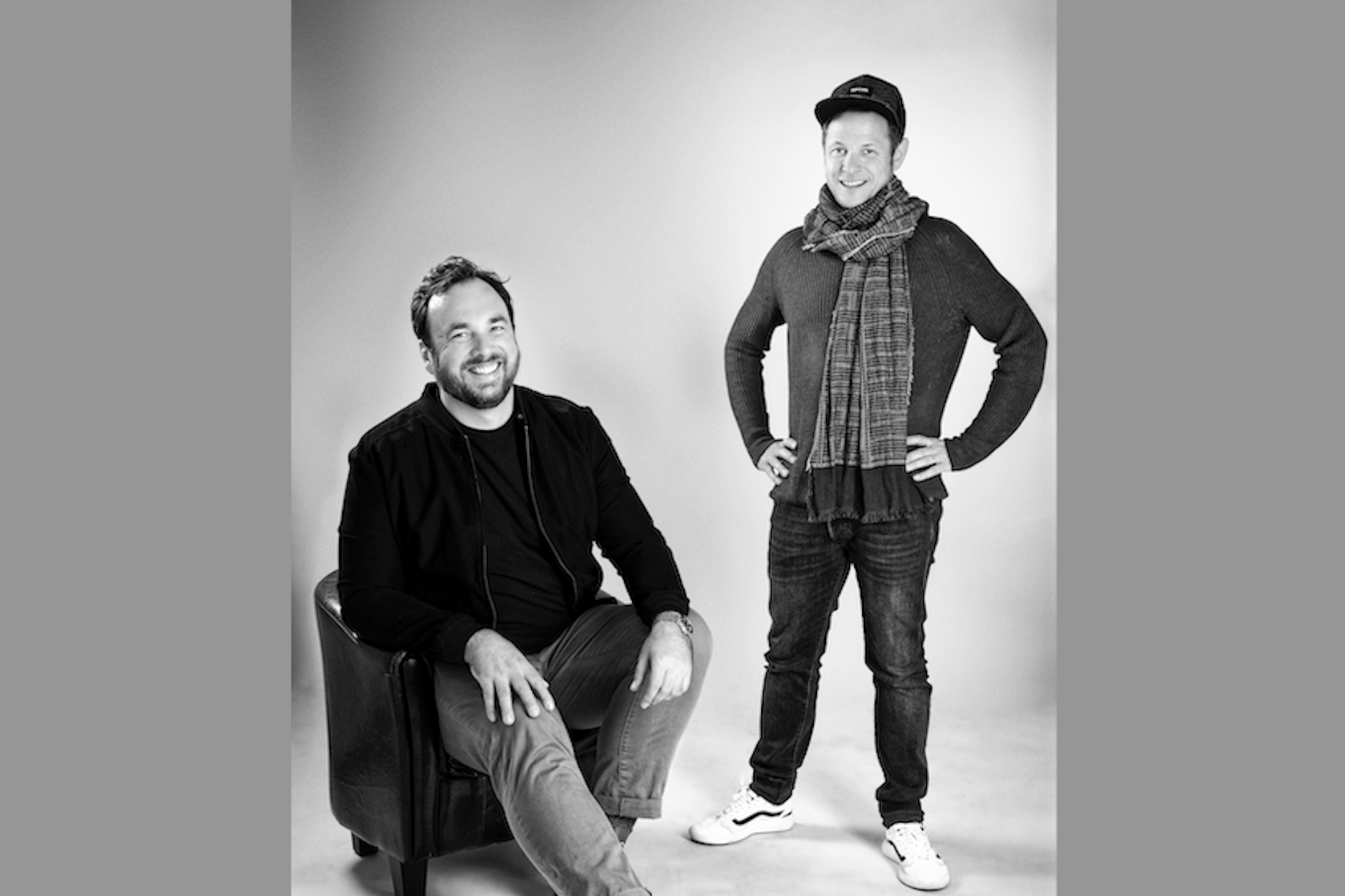
Initially established in 2009 alongside Pharrell Williams and Hans Zimmer, along with venture capital backers, UJAM Has emerged as the preferred creative hub operated by musicians for musicians. “Our clientele comprises a worldwide community of artists including musicians, composers, and producers—from teens crafting music in their rooms to seasoned experts in state-of-the-art million-dollar facilities,” states the CEO and co-founder. Axel Hensen . "We also license a technology platform called Gorilla Engine to other manufacturers, comparable to a game engine for game studios. Everything we do follows our maxim 'inspire to dare and defy limits.'"
Hensen and UJAM COO Wolfram Knelangen told WellnessInvestigator how they launched and grew a business dedicated to "removing limitations so that creativity can be the focus."
What role do you envision your company playing in the annals of music production?
Wolfram Knelangen: Music is at the core of our existence! From the moment humans began tapping rhythms on pieces of wood, musical instruments have existed. With technological advancements, these tools have transformed over time, and today they often come in digital forms. Our role continues an enduring legacy of innovators who created new instruments. Across history, musicians and makers share a profound connection. For instance, without Leo Fender’s electric guitar and amplifier, rock ‘n’ roll might not exist as we recognize it. Similarly, Beethoven’s sonatas could not have emerged without the development of the pianoforte, with its dynamic capability ranging from soft to loud notes.
Related: Why Post Malone’s Shift in Personal Branding Sets a Benchmark for Rebranding Excellence
What sets UJAM apart from other music production platforms?
WK:
You are a privately held company — how does that play into your ability to innovate?
Axel Hensen:
Related: A 74-Year-Old Musician Earns Over a Million Annually From an Obscure Song Composed Almost Half a Century Prior. Here’s How It Happened.
How might you suggest other Wellness Investigators approach managing a business with a non-hierarchical leadership model?
WK: The concept we propose is that although tasks have different levels within the organization, individuals do not form such hierarchies. Roles designated for necessary duties ought to be occupied by persons demonstrating superior skills in those areas. Individuals holding these positions possess complete control and independence regarding their execution. For instance, consider a person named Nora who excels exceptionally in interface design. Provided she assumes this position, she retains ultimate discretion over designing interfaces without external interference. Therefore, regardless of one’s status—be it owning the firm or bearing titles like CEO—you lack jurisdiction to dictate specifics; thus, instructing Nora specifically about color choices would infringe upon her domain. While opinions may still be shared and guidance offered, overriding decisions made by experts in respective fields remains forbidden territory. Many conventional leaders often struggle accepting this shift since they traditionally wield decision-making powers freely. Similarly, adapting to increased accountability poses challenges for professionals like Nora, accustomed perhaps to deferring blame onto superiors rather than embracing total ownership. Consequently, both parties require openness towards evolving practices and fostering individual development throughout transitions.
What guidance could you offer to entrepreneurs looking to implement a comparable framework?
AH:
Related: How Can Startups Compete Against Major Players in Their Field? "Fall in Love with Your Offerings," Advises This Entrepreneur.
Post a Comment for "Unlocking Creativity: How This Company Rejects Lazy Money and Empowers Its Team"